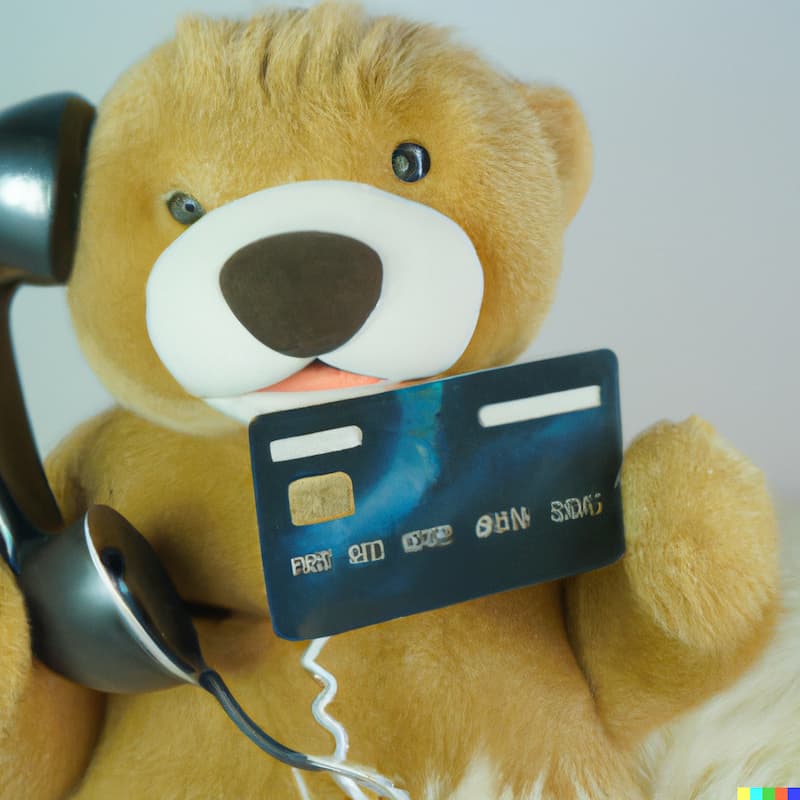
First, some basics. Your customer makes a purchase and provides their payment details. When you try to charge their credit card, the payment information goes through what’s called a Payment Gateway. The payment gateway passes the information on to the cardholder’s bank who will approve or decline the transaction. If the transaction is approved, the funds are transferred from the cardholder’s account to your Stripe account (minus any applicable fees). If the transaction is declined, no funds are transferred.
When a transaction is declined, Stripe will provide a decline code that indicates the reason for the decline. Here’s a list of all the decline codes split into those where it’s safe to try again and those that aren’t.

Try again if you get these codes
Some codes are safe to retry. You’ll notice that for some the error message looks like you shouldn’t retry (call_issuer for example) but retrying can actually work.
approve_with_id
The payment can’t be authorized.
card_velocity_exceeded
The customer has exceeded the balance or credit limit available on their card.
authentication_required
The transaction requires authentication.
call_issuer
unknown reason.
card_not_supported
The card does not support this type of purchase.
generic_decline
unknown reason.
issuer_not_available
The card issuer couldn’t be reached, so the payment couldn’t be authorized.
no_action_taken
unknown reason.
stop_payment_order
unknown reason.
transaction_not_allowed
unknown reason.
try_again_later
unknown reason.
withdrawal_count_limit_exceeded
The customer has exceeded the balance or credit limit available on their card.
processing_error
An error occurred while processing the card.
reenter_transaction
The payment couldn’t be processed by the issuer for an unknown reason.
insufficient_funds
The card has insufficient funds to complete the purchase.

Some action needs to be taken for these codes
These codes indicate that something was entered incorrectly. Card details or billing details. Either way, you need to contact the customer to get them to enter their card details again. Otherwise, they need to use another card.
incorrect_number
The card number is incorrect.
incorrect_cvc
The CVC number is incorrect.
incorrect_pin
The PIN entered is incorrect.
incorrect_zip
The postal code is incorrect. Check the billing address with the customer
invalid_account
The card, or account the card is connected to, is invalid
invalid_amount
The payment amount is invalid, or exceeds the amount that’s allowed.
invalid_cvc
The CVC number is incorrect.
invalid_expiry_month
The expiration month is invalid.
invalid_expiry_year
The expiration year is invalid.
invalid_number
The card number is incorrect.
invalid_pin
The PIN entered is incorrect.

Never retry for these decline codes
Retrying payments with these codes will never work. They generally mean the card was lost, stolen or blocked for some security issue. You need to contact your customer and ask them to provide another payment method or contact your bank.
currency_not_supported
The card does not support the specified currency.
do_not_honor
unknown reason.
do_not_try_again
unknown reason.
duplicate_transaction
A transaction with identical amount and credit card information was submitted very recently.
expired_card
The card has expired. An expired card should never be retried
fraudulent
The payment was suspected as fraudulent.
lost_card
The card is reported lost.
merchant_blacklist
The payment matches a value on the Stripe user’s block list.
new_account_information_available
The card, or account the card is connected to, is invalid.
not_permitted
The payment isn’t permitted.T
offline_pin_required
Some cards require a pin to be entered. This only affects offline transactions, i.e. those in a physical store.
online_or_offline_pin_required
The card requires a PIN.
pickup_card
The customer can’t use this card to make this payment (it’s possible it was reported lost or stolen).
pin_try_exceeded
The allowable number of PIN tries was exceeded.
restricted_card
The customer can’t use this card to make this payment (it’s possible it was reported lost or stolen).
revocation_of_all_authorizations
declined for an unknown reason.
revocation_of_authorization
declined for an unknown reason.
security_violation
unknown reason.
service_not_allowed
unknown reason.
stolen_card
The card is reported stolen.
When is the best time to retry a card payment
If the payment isn’t successful the first time, you can retry it instead of asking the customer if they have another card to make payment with. Stripe has smart retry rules so be sure to activate them. If you are manually retrying payments. Here are the best time to try:
The first of the month
People often get paid on the first of the month. If you retry a payment that was blocked for insufficient funds, try it on the first of the month when it’s likely they’ll have just been paid.
In the middle of the night
Some card payments are declined because the bank is busy or the simply have too many transactions at that moment. It can depend where the business is located. Retrying in the dead of night can greatly improve your chances of success.
On the weekends
Banks are busy processing direct debits, standing orders and direct deposits on weekdays. Retrying on a Saturday or Sunday gives them more time to clear these money movements and there is more capacity to process your transaction. Again is depends where the business is located.
Avoid manual retries
While useful when done correctly, manual retries have a number of drawbacks and should only be used to retry payments that are in the “try again“ list above.

